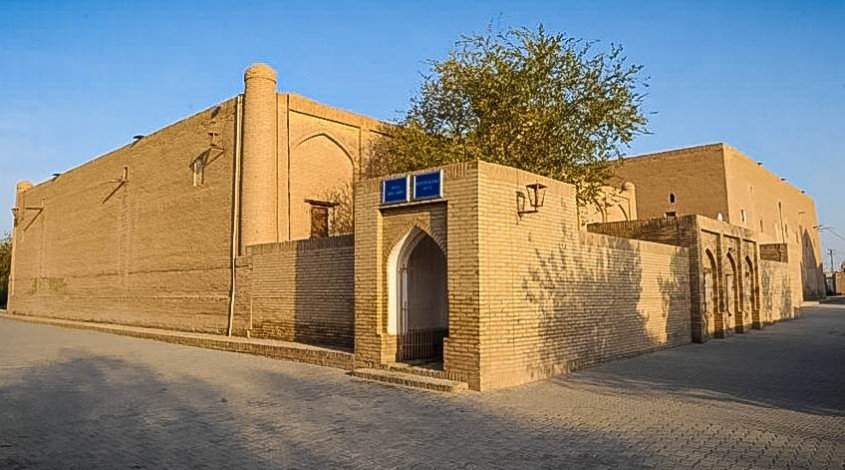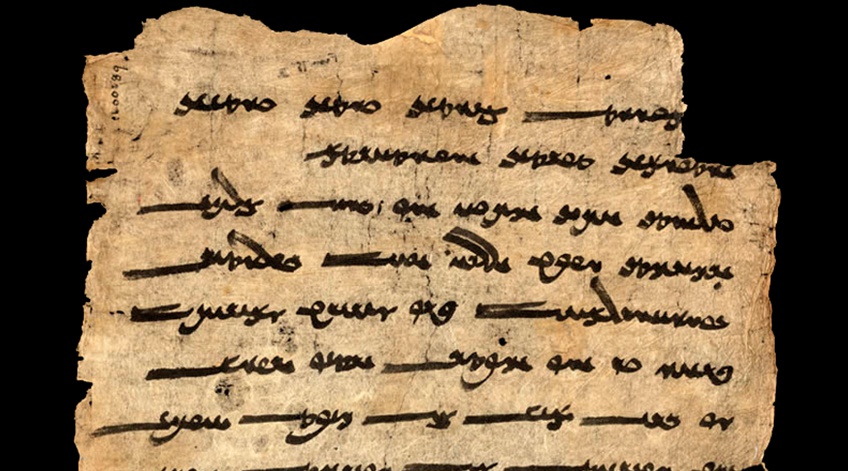

Urva is the legendary city where the book of Avesta, the scripture of Zoroastrianism, was written. There is a version that it was the same place where modern Khiva was located. Today, the Avesta Museum, a familiar attraction of the city, is located here.
Zoroastrianism is one of the oldest religions. Ceremonies and traditions peculiar to fire-worshipers can be found today in any world religion. This leads us to believe that Zoroastrianism was the first belief to have a global scope. The religious doctrine has been developing for more than one year, absorbing the regions’ traditions and culture for centuries. The highest stage in the doctrine is occupied by Ahura Mazda, the creator, the unity of wisdom, goodness, and light. The prophet of his teachings is Zoroaster.
The Avesta is not only a religious treatise but also a historical chronicle for scholars and historians. Previously, the teachings were transmitted orally, and more and more information came over the years. At that time, it was decided to document the fundamental canons.
Initially, the book’s pages were created of cowhide skin; records were made in gold ink. This period is attributed by most historians to the VII-VI centuries BC. In ancient Persia, information was collected on social relations, state structure, and philosophy of the universe.


There is a legend that the writings were written on 20 thousand pieces of cowhide skin. In one of his legendary campaigns, Alexander the Great burned the whole book to destroy the faith that had not known about before. However, the information was restored and written into a new book again. Today it is considered that Avesta consists of 21 books, of which only 5 exist in tangible, written form, and 16 are transmitted orally.
As in most modern religions, the fundamental part of the Avesta is the opposition of good to evil. It is a kind of set of laws and rules, hierarchy, and justice.
According to the Avesta, the four elements, fire, water, air, and earth, are sacred. In contrast to the now common opinion, Zoroastrian followers did not always burn the bodies of the deceased. It just so happened that researchers most often came across information about the burnings; the fire was the highest sacred element, and most rites were associated with it.
The burial ceremony is reflected in the Avesta. Specially trained people performed the rite with the dead, and the remains were kept in clay bowls called ossuaries. These people were considered cursed and forbidden to communicate with anyone. They lived as hermits.
The Avesta also tells about the architecture of that period, construction methods, sacred holidays, and rituals during their implementation. One of the most famous holidays is Nowruz, which is now celebrated in Central Asian countries. In Uzbekistan, it is celebrated most magnificently.
The Avesta monument is erected in Urgench. It is made in the form of a huge white stone book, embraced with red stone flames. Historians worldwide continue to study Avesta, regularly taking new information about what was life, routine, recreation, and worldview three thousand years ago.
Canaan Travel invites you to visit the fabulous East, a land of legends and monuments of distant history.
